70 years after atomic bombs fell on Japan, lessons to be learned
Updated: 2015-08-10 03:08
By Chen Weihua in Washington(China Daily USA)
|
||||||||
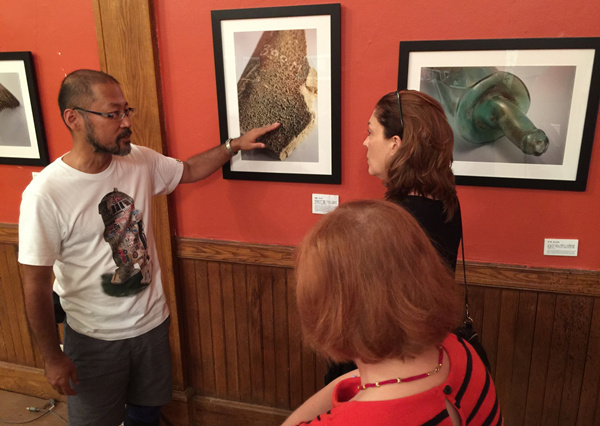 |
|
Japanese journalist Ken Mizokoshi (left) talks to visitors on Saturday about the photos he took of the artifacts from the atomic bombings in Hiroshima and Nagasaki in a photo show in New York City. The show is aimed at raising awareness about the destructive nuclear weapons on civilians and serves an outcry for the world to rid of nuclear weapons. Chen Weihua/China Daily |
Outside the White House compound on the evening of Aug 5, an American woman displayed tens of thousands of colorful paper cranes in strings placed on the ground in front of her.
She was handing out information sheets to curious passers-by and telling them that the paper cranes come from the ancient Japanese tradition of origami, or paper folding. Today they are better known as symbols of peace.
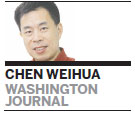
The story in the information sheet told of a young girl named Sadako Sasaki, who died of leukemia 10 years after the atomic bombing of Hiroshima, Japan, on Aug 6, 1945.
Sadako was 2 years old when she was exposed to the atomic bomb’s radiation. At first she had no apparent injuries and grew into a strong and healthy girl. However, she suddenly developed signs of an illness nine years later in the fall when she was in the sixth grade.
In February 1955, Sadako was diagnosed with leukemia and was admitted to the hospital. Believing that folding paper cranes would help her recover, the girl kept folding them until she died on Oct 25, 1955, at the age of 12.
A statue of Sadako holding a golden crane was unveiled in the Hiroshima Peace Memorial Park in 1958 and another one unveiled in the Seattle Peace Park in the United States on Aug 6, 1990.
On Aug 8 in the West-Park Presbyterian Church in New York City, two volunteers were also teaching people how to make paper cranes, while Ken Mizokoshi and Yusaku Kanagawa, two journalists from the Japanese newspaper Asahi Shimbun were telling visitors about the photo exhibit they were holding there for the 70th anniversary commemoration of the Hiroshima and Nagasaki atomic bombings.
The photos of melting glass bottles and tiles after the bombing showed the destructive force of the nuclear weapons. Even worse, more people died and were sickened by radioactivity, and there were no measures taken to impose a curfew zone in the area after the explosion.
While the dropping of nuclear bombs has often been cited as a major reason for precipitating Japan’s unconditional surrender, what was true is that most of the people killed by the uranium bomb in Hiroshima and the plutonium bomb in Nagasaki (on Aug 9, 1945) were civilians, who should not be the target of any war.
The exhibit at the church serves as a powerful reminder that such human tragedy should never be allowed to happen again no matter the reasons.
It still does not, however, mean in any sense that the Japanese militarism during World War II was less guilty for the atrocities inflicted on people in neighboring countries.
Some 35 million Chinese were killed or injured as a result of the Japanese invasion of China, and most of them were civilians, according to official Chinese reports.
The 70th anniversary of the end of World War II and the 70th-year commemoration of the atomic bombing are both important dates on which nations should condemn such heinous actions and renounce wars.
The world has been encouraged by the recent nuclear deal on Iran negotiated between Iran and the five permanent members of the United Nations Security Council plus Germany.
Yet people are still living in an era far from a nuclear-free world, which Obama talked about passionately in Prague, Czech Republic, in April 2009 and won a Nobel Peace Prize several months later.
That vision, unfortunately, has not been advanced as much as people have expected under Obama. A New York Times article last November said cuts to the US nuclear stockpile initiative by George H.W. Bush and George W. Bush, totaled 14,081 weapons, while under Obama, the reductions were 507.
What’s worse is that Obama has given the green light to modernize the US nuclear arsenal, which the US publication The Nation called “in the name of updating an aged system, is already morphing into a full-blown reinvention of the arms cache at the estimated future cost of more than a trillion dollars.”
Such a US strategy of military supremacy drew sharp criticism from former Soviet leader Mikhail Gorbachev last week when he warned that when one state has immense military might and a greater defense budget than anyone else, this creates “an insurmountable obstacle” on the road to a world without nuclear weapons, something clearly directed at Obama and the US government.
Contact the writer at chenweihua@chinadailyusa.com
- Some 200 migrants believed dead in Mediterranean shipwreck
- Chinese FM rejects Philippine, Japanese, US claims on South China Sea issue
- 'Major breakthrough' may help solve riddle
- Hiroshima marks 70th anniversary of bombing
- World 'watching' Japan's next move
- Migrant boat capsizes in Mediterranean, at least 25 dead
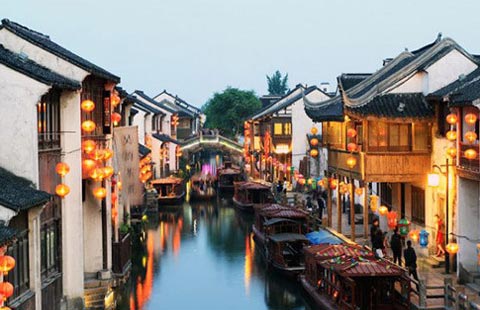
 30 historic and cultural neighborhoods to visit in China
30 historic and cultural neighborhoods to visit in China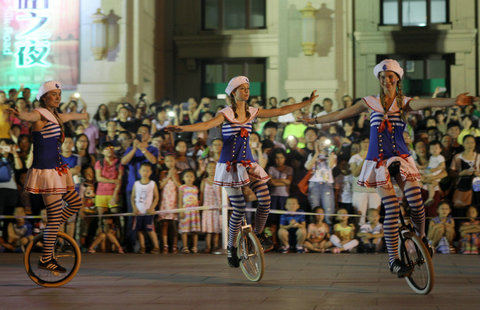
 Beijing Museum of Natural History unveils 'Night at the Museum'
Beijing Museum of Natural History unveils 'Night at the Museum'
 Sun Yang wins third consecutive 800m free gold at worlds
Sun Yang wins third consecutive 800m free gold at worlds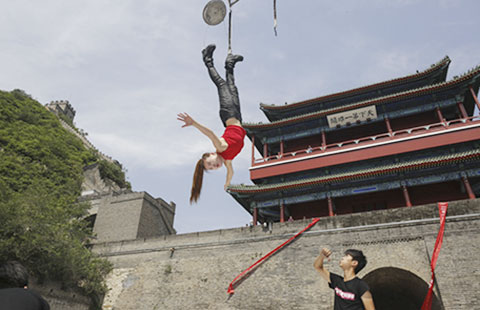
 Aerial escape
Aerial escape
 Freshmen of top universities from poorer families work part time to reduce family burden
Freshmen of top universities from poorer families work part time to reduce family burden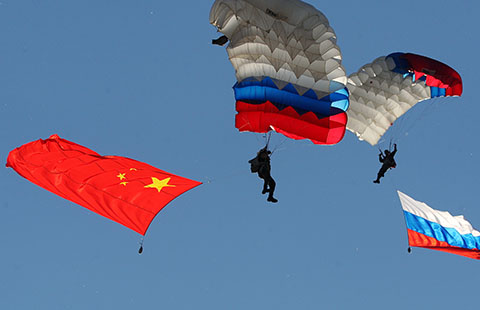
 17 armed forces take part in Russia military contest
17 armed forces take part in Russia military contest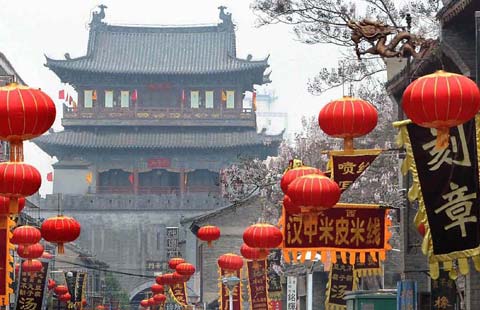
 A glimpse of traditional Chinese business blocks
A glimpse of traditional Chinese business blocks
 Top 5 most popular drones in China
Top 5 most popular drones in China
Most Viewed
Editor's Picks

|

|

|

|

|

|
Today's Top News
China willing to work with US to contribute to world peace, stability
China asks further investigation on MH370
Police fatally shoot ax-wielding man at Nashville movie theater
Study-abroad tours in US booming
Malaysia confirms plane debris is from Flight MH370
IMF to study yuan inclusion
LA clinic seeks fertility-market access
China and US discuss ways to fight terror
US Weekly

|

|






